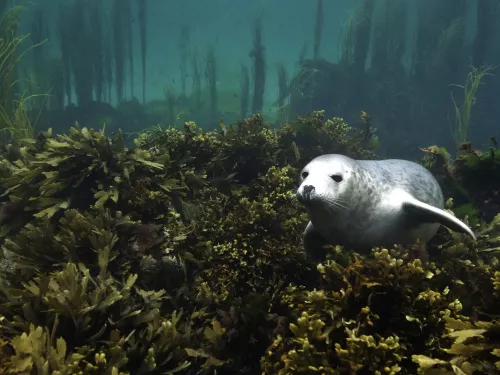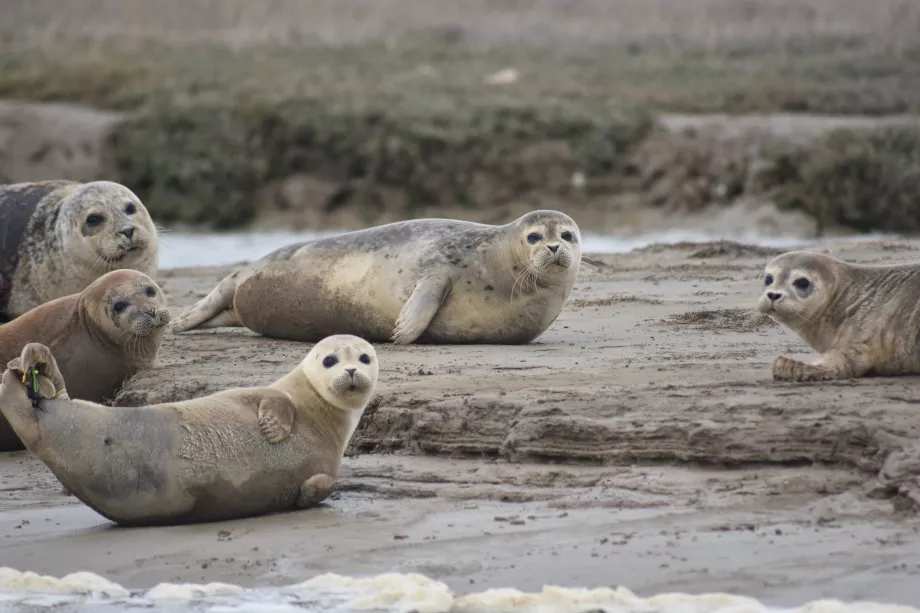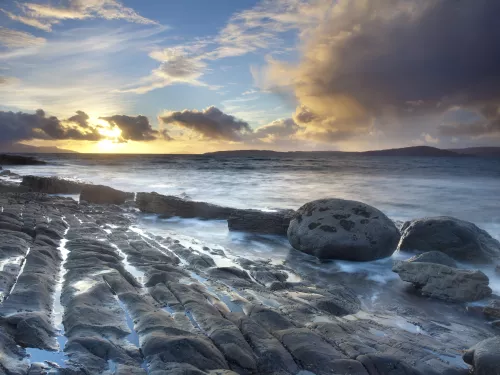The 4 Rs!
We often skip the first step in this process and go straight to buying recyclable goods, but only 10% of recycling actually gets recycled!
Let’s take a look at the 4 Rs in detail:
By Refusing to buy products from companies that are damaging to the environment (including those that produce single-use plastics, excess packaging or harmful chemicals), you send a message to those big companies. Make sure to support ethical companies instead. .
How to help:
By taking your own shopping bags, choosing items with less packaging, shopping with ethical brands, taking your own cup for hot drinks and tupperware for lunch, using natural, cruelty-free cosmetic products and toiletries with less chemicals and biodegradable packaging, buying fruit and veg in season (keep it local). Check out zero waste shops, local markets and find out about eco versions of brands online.
Reducing your consumption of things you don’t need, and making more conscious decisions when shopping (for food, clothes, gadgets etc.) is a great way to reduce demand.
It is important to stop and ask ourselves if we really need something. We can often mend and make do with the things we already have.
How to help: Meal planning really helps cut down on food waste, signing up to apps that save otherwise wasted food is a great way to help too. Reduce your home energy by taking shorter showers and even re-use pasta water for your plants! Take public transport or cycle where possible.
Reuse anything and everything you can! Check out YouTube tutorials for some great arts and crafts ideas for your old clothes, and recipes for vegetable scraps such as making stock/pesto! There is a wealth of information on YouTube and further afield about how to fix a lot of electrical items too, you’d be surprised how satisfying it feels to repair and revive your old gadgets! If this isn’t for you, consider selling your items on second-hand sites such as Freecycle or Gumtree.
Recycle as a last resort: very few items that are recyclable actually end up being recycled, and instead are often dumped overseas. Choose packaging which is paper or cardboard where possible, aluminium (infinitely recyclable) and glass. Get in touch with your local MP to campaign for greater recycling initiatives in your area.






